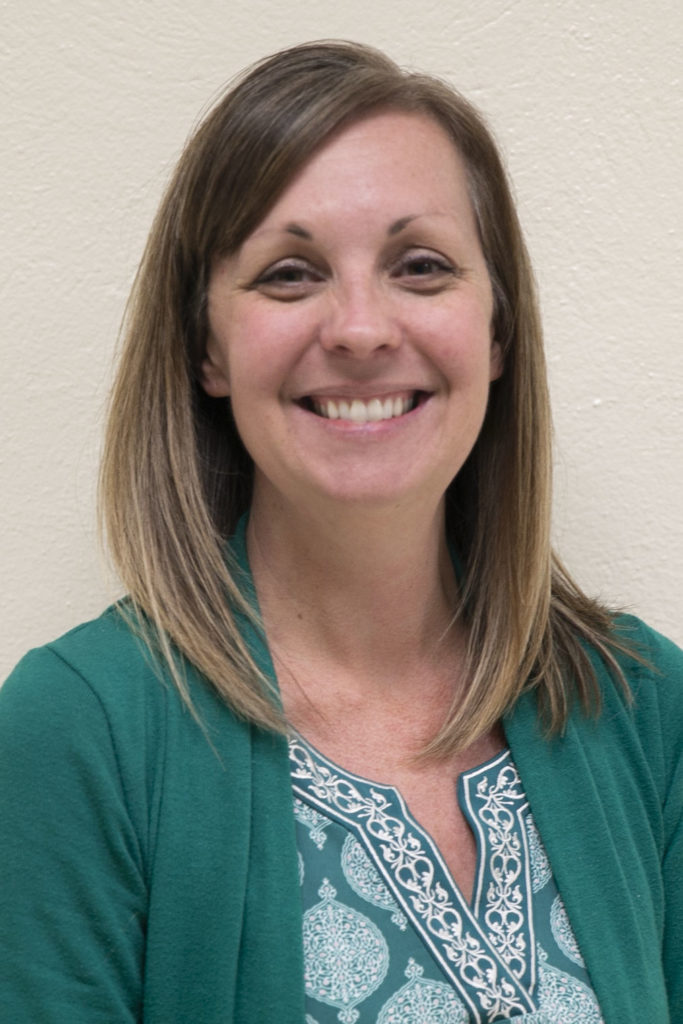
In this interview we hear from elementary principal Christie Graves of North Rose-Wolcott Central School District in upstate New York. Principal Graves shares about the district’s implementation of SIPPS and Collaborative Literacy.
“We have seen overall proficiency rates as a building increase over 50% — despite the learning challenges felt during the pandemic,” she says. “Oral reading rates have gone up exponentially at all grade levels, and learning loss from year to year is far less prominent.”
Tell us a little about North Rose-Wolcott Central School District and the students that you serve.
North Rose-Wolcott is a small, rural district in upstate New York. The district houses one elementary school, one middle school, and one high school on its campus.
It is geographically one of the largest districts in the county and has a low-socioeconomic rate of around 67%.
The elementary school houses grades UPK through 4th grade, with class sizes around 16–20 students.
What is the most rewarding part of being an educator for you?
I have always considered education one of the most important careers a person can have.
The work is hard, yet impactful…tiring, yet rewarding.
Education allows us to impact future generations and allows students to have an opportunity to follow their future path, whatever they chose that path to be.
We get to ignite “the spark,” impact lives, and share our love of learning with others.
I often am humbled when I bump into a previous student from years ago and hear them share how a lesson, a book, a relationship still resonates with them. What we do matters, and that is so rewarding!
How long has North Rose-Wolcott been implementing Collaborative Literacy and SIPPS®? Tell us a little about the implementation.
NRW began our implementation of SIPPS during the 2019–2020 school year and Collaborative Literacy during the 2020–2021 school year.
We have worked hard to be intentional with our instructional practices, assessment collection, and data reflection of all the components of Being a Reader™, Being a Writer™, Making Meaning®, and SIPPS.
We have used SIPPS as the primary focus of our intervention model and trained all reading interventionists and special education teachers in using these resources.
We have used SIPPS as the primary focus of our intervention model and trained all reading interventionists and special education teachers in using these resources.
This shift has given us the opportunity to have relevant conversations with our MTSS (Multi-Tiered Systems of Support) teams around students’ response to intervention.
We know our students are truly getting a “double dip” in the area of literacy instruction allowing us to better know when more support is needed.
Share with me some of the successes you have seen in your reading data.
The last four years of trend data is quite astounding.
We have seen overall proficiency rates as a building increase over 50% — despite the learning challenges felt during the pandemic. Oral reading rates have gone up exponentially at all grade levels, and learning loss from year to year is far less prominent.
We have seen overall proficiency rates as a building increase over 50% — despite the learning challenges felt during the pandemic.
Oral reading rates have gone up exponentially at all grade levels, and learning loss from year to year is far less prominent.
We have also noticed a drastic decrease in the number of at-risk readers.
We know these data sources did not happen accidentally or by change, but are a direct result of the strong Tier 1 and Tier 2 practices built into Collaborative Literacy and SIPPS.
What impact has professional learning in Collaborative Literacy and SIPPS had on your teachers and students?
Professional learning has been an important part of the implementation process at our school.
Collaborative Classroom worked closely with district and building level administration, instructional coaching staff, and teachers to create an individualized and tailored professional learning plan.
The learning experiences were relevant and based on collaboration between our district and Collaborative Classroom. We used teacher and instructional coach feedback to guide our session content, allowing for maximized learning to take place.
The virtual options were interactive and allowed for us to get more training sessions throughout the year.
We also used the Collaborative Coaching and Virtual Lesson Study experiences this year. They were amazing and really led to thoughtful discussions and collaborative learning for our building!
What thoughts or insights would you share with a school or district that is considering Collaborative Literacy and SIPPS?
One of my favorite parts of Collaborative Literacy and SIPPS is the alignment to the Science of Reading. The practices and protocols are research-based, systematic, and effective, which then allows teachers and interventionists to have confidence with their planning and instruction.
The practices and protocols are research-based, systematic, and effective, which then allows teachers and interventionists to have confidence with their planning and instruction.
I would say the most important piece would be to have a professional learning plan giving teachers the opportunity to learn the how and the why.
Teachers should have a good understanding of the materials, resources, and the assessment pieces before they get started. Scheduling of the components is essential, and some work should be done with this prior to implementation.
Districts who plan on implementing SIPPS should create an intervention guide on how students qualify, which students will receive services, and what threshold is needed for discontinuation. The RTI/MTSS guide is helpful as data teams make these decisions and should be reviewed regularly throughout year 1 and beyond.
***
Related interviews with New York literacy educators
Newark Central School District’s Improvement Journey with Collaborative Literacy and SIPPS
Fueling Literacy Growth: Williamson Elementary Succeeds with Collaborative Literacy and SIPPS
Big Results in the Big Apple: Middle School ENL Teacher Desiree Torres on SIPPS
